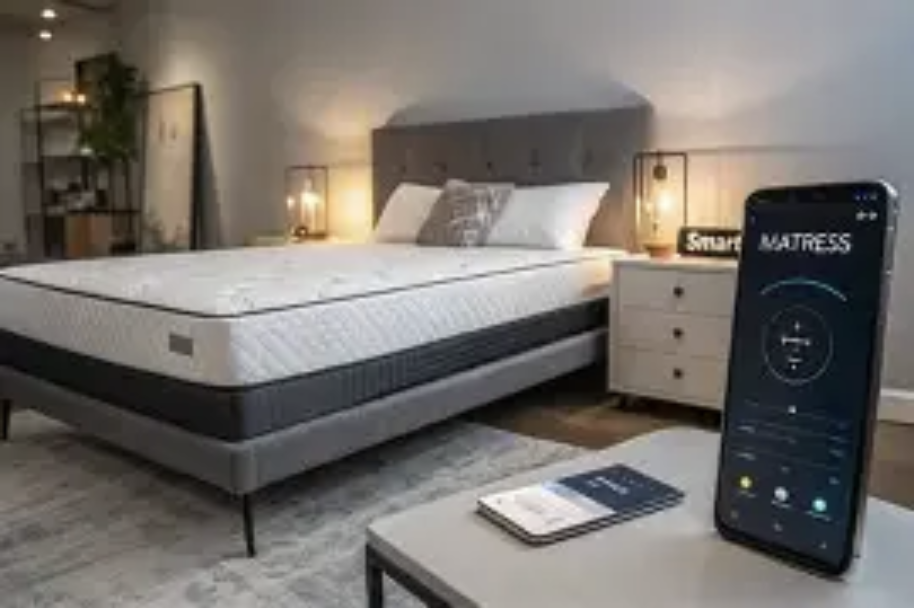For wealthy homeowners, the concept of a smart home offers extravagance, ease, and safety—but not all gadgets live up to the promise. The market is inundated with “smart” devices that provide little more than an appealing application, depleting finances without improving daily life. To prevent shedding cash on “IQ tax,” prioritize gadgets that resolve genuine issues, integrate effectively, and endure over time. This guide distinguishes between essential items and those of little value.

Beneficial: AI-Driven Climate Controllers
Disregard conventional thermostats—advanced AI climate solutions such as the Nest Learning Thermostat or Ecobee SmartThermostat do more than simply regulate temperature. They adapt to your habits, recognize when spaces are unoccupied, and even align with weather forecasts to enhance energy efficiency. Some models can pinpoint drafty windows by assessing temperature discrepancies and notify you of insulation concerns. For larger residences, this results in decreased utility expenses and consistent comfort—eliminating the need for room-by-room thermostat adjustments.
Items such as smart egg holders or Wi-Fi-enabled toasters may seem futuristic but are impractical. They provide notifications when eggs are running low (which is easily observable) or when bread is toasted (a task that a $20 toaster accomplishes adequately). Upscale homeowners prioritize functionality over gimmicks—these single-function devices clutter kitchen counters and add unnecessary app bloat without addressing any real cooking challenges.
Beneficial: Comprehensive Security Networks
An individual smart camera may be acceptable, but a complete security network like Vivint or ADT Smart Home is revolutionary. It integrates AI-driven cameras that differentiate between pets and intruders, smart locks that allow keyless entry (plus temporary access for visitors), and glass-break sensors that disregard false triggers. The system connects to your smartphone, enabling remote surveillance and even linking with emergency services for quicker responses. For luxury homes, this goes beyond mere security—it provides reassurance.

Fraud: Smart Mirrors with Insignificant Capabilities
Smart mirrors that show the weather or stream music may appear appealing, but they are costly and impractical. Their displays are often difficult to see in well-lit bathrooms, and the "smart" features can be accessed on your smartphone in moments. Moreover, many necessitate continual charging or suffer from unreliable applications. For affluent buyers, a well-crafted, high-quality mirror without unnecessary technology is a smarter choice.
Fraud: Smart Mattresses with Exaggerated Health Benefits
Mattresses that "monitor sleep" or "modify firmness" might seem enticing, but many utilize basic sensors available in a $100 smartwatch. The adjustments in firmness are typically minimal, and the sleep data is often redundant. A premium, high-quality mattress without technological features will yield superior comfort and support, while a separate smartwatch can manage sleep tracking. Avoid paying three times the price for a mattress with seldom-used features.

The top smart home tools simplify life without demanding constant engagement. They work together, address particular needs, and retain their worth. For wealthy individuals, a smart home should enhance luxury, not create complications. Before making a purchase, contemplate: Does this device save time, enhance security, or increase comfort? If the answer is no, it’s likely “IQ tax.” Choose devices that merit their spot in your residence—and your budget.




